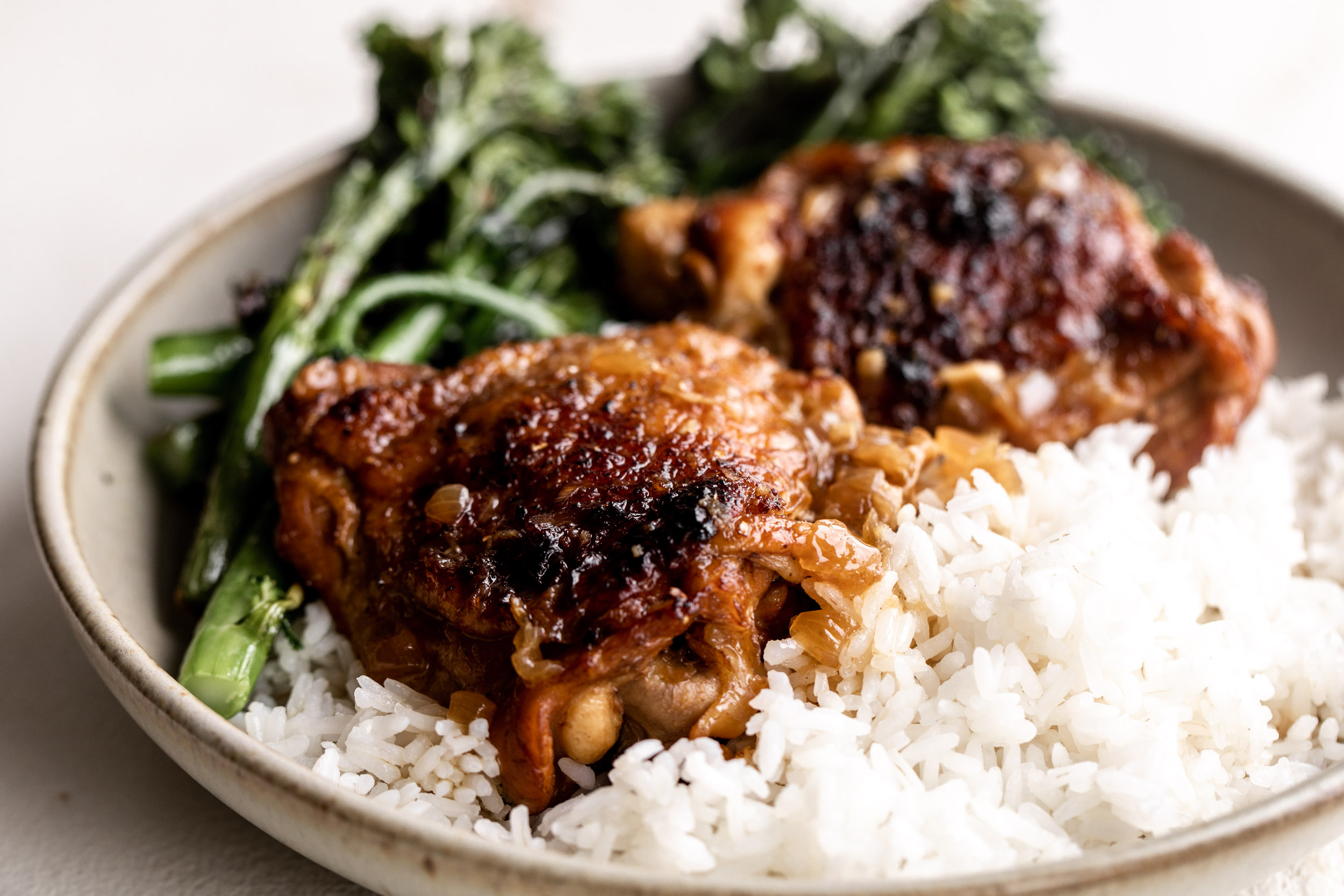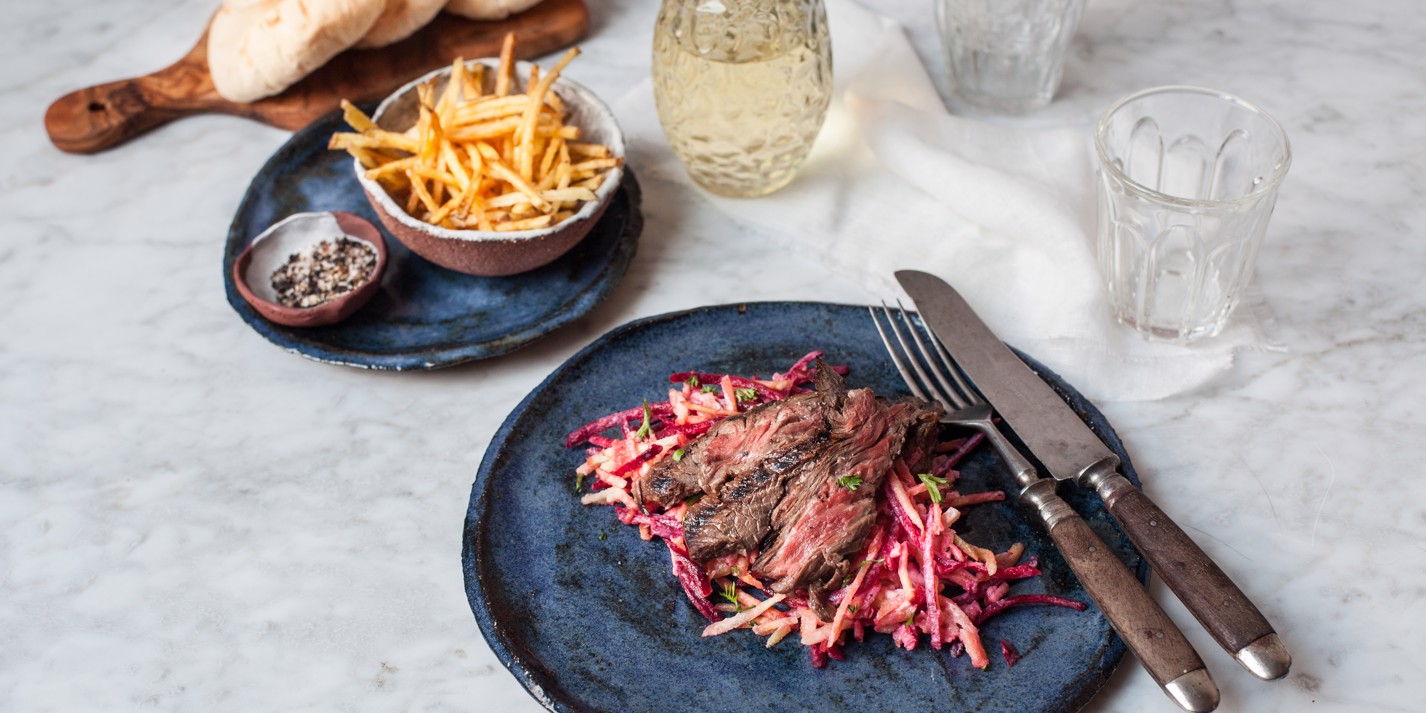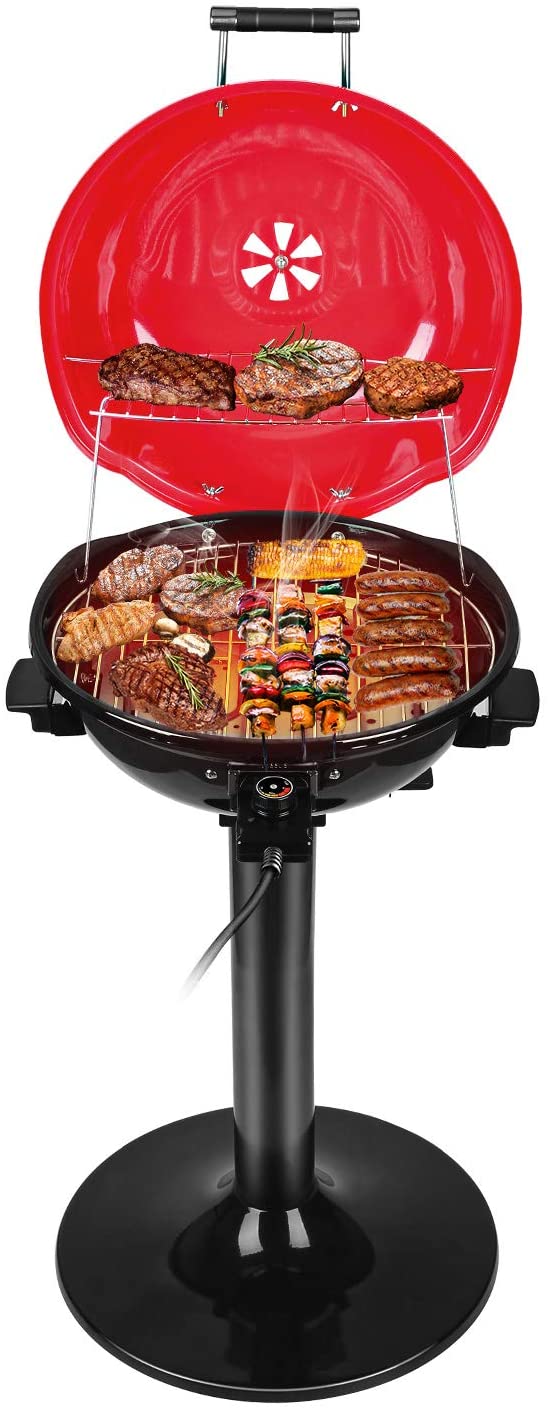
The bones must be removed before you smoke your prime Rib. You can do it yourself, using a knife to cut through the bones. Or you can hire a professional to do it. The next step is to trim off excess fat, cartilage, meat. For serving purposes you can use paper frill cap. Butchers often remove all fat before smoking.
How to cook prime rib
The ultimate holiday dinner is never complete without smoked prime rib. Prime rib's delicious flavor and tenderness will impress all your guests and be a memorable holiday meal. It is important to learn how to cook prime rib after smoking. These are some tips. When cooking a rib roast, start by checking its temperature. If the meat is too rare, you can roast it at 120-125degF and then transfer it to 130-139degF. Medium doneness is 140-145degF. Wrap the prime Rib in aluminum foil, and let it rest for approximately 30 minutes. If you want to reverse sear the meat, remove it from the smoker 10degF below the desired doneness and temperature. For best results, cover the roast in aluminum foil.
The ideal cooking temperature for ribs is around 225 F. However, there can be significant temperature differences that could cause uneven cooking. You should use a quality meat thermometer to determine the internal temperature. You can use a remote probe meat thermometer to monitor the temperature throughout cooking. If the temperature does not reach the desired level, take the ribs out and let them cool down on the counter for at most two hours.
Make sure to choose a prime Rib with a thick and moist interior. Choose the highest-grade meat, one that's grown organically, and comes from sustainable ranching methods. You can also get it done yourself by hiring a butcher who will remove the bones, trim the fat, and tie back the rib bones if you want. You can either choose a larger or a smaller roast, depending upon the size of your prime rib.
Choose a wood for smoking
There are many kinds of wood that can be used for smoking prime Rib. Each type has its own flavor. To bring out the best flavor, you should choose one that combines two or more of them. To enhance the smoky flavor of your woods, you can mix them. Hickory produces a rich smoky flavor, while pecan and cherry are more mild. Hickory is the best for smoking prime-rib. However, it can be used by itself to bring out a lot more flavor.
You can choose mesquite, applewood, or hickory for traditional BBQ flavors. For a lighter smoke, you can use applewood or the black cherry. Although applewood and hickory make great smokes for prime rib, these woods are not ideal for smoking chicken. Choose a smoker that is able to produce the flavor you desire and is designed for ribs.

Oak is a good choice for smokers. This wood gives off a light smoke flavour. This wood is great as it burns fast and doesn't require too much wood to produce great smoked pork. Adding small amounts of oak wood bit by bit will help you control the temperature and the desired flavor and texture. You may also want to experiment with other woods before deciding which one suits your palate.
Carve a primerib
Carving a prime rib for smoking is an easy process if you follow a few simple steps. Start by removing the chine bone and rib bones in the bottom half. This will allow the juices of the roast to redistribute the heat and normalize temperature gradients. During rest, the meat will continue increasing by 5 degrees F. You can use a meat probe for gauging the meat's pull temperature.
After carving your prime rib, place it in aluminum foil and let it rest for 20 minutes. The internal temperature should be between 125 and 130 degrees F. This is 5 degrees less than what you want for Medium Rare. Prime ribs will cook faster once they are removed from the grill. Allow the meat to rest for a while before you cut it. To avoid the meat being too cut, it is best to use an extremely long and thin knife.
Indirect heat is best for smoking prime ribs, such as on a grill. For about 30 minutes, smoke the prime rib. Add wood to give the meat a fire-flavored flavor. The meat will not be overpowered by light fruitwood. Once the roast is cooked, rest it for an hour or two before carving it. It will cook faster if the roast is at room temp.
A thin layer of fat left on prime ribs
You should ask the butcher if he can trim the fat off your prime rib. It adds flavor and helps the meat cook evenly. You can reduce the fat to 1/4 inch. You should not remove all fat. This will cause the meat to lose its flavor. While it's easy to mistake a prime rib for a prime rib, the USDA grade system does make it easier to identify the prime ripe meat.
Before smoking your prime rib, remove the fat cap. This will make the meat more tender and moist. The next step is to season the meat with salt and a prime rib rub. Although it is not necessary, you may wish to use a salt brine for your meat to allow it to smoke. This is a common oversight that many smokers make. This is a common error and can cause your meat to lose its flavor.
To make the perfect smoking prime rib, remove the top layer of fat and the silverskin. This layer is made up of connective tissues that have a silvery sheen. While it's not edible, this layer prevents the meat from falling off the bone when cooked. While many people prefer to remove the silverskin, removing it will give the finished product a better texture.
Adding au jus
Prime grilled ribs can be enhanced by adding au jus. Here are some suggestions for making the sauce. First, prepare a small saucepan with beef broth. Mix the broth and flour until the mixture clumps together. Stir in the beef broth and wine until the mixture is the right consistency.

Once the meat is done, allow it to rest for at least 2 1/2 hour before serving. Cover the meat with foil and place it on a cutting board. For large parties, you can opt for a larger roast and serve it alongside a favorite side dish. Take the prime-rib out of the smoking pan. Allow it to rest for at minimum 30 minutes before you serve. During this time, make the au jus sauce.
Au jus can be added to prime rip smoking. This is a great way to create the best barbecue sauce. When the beef is allowed cool to absorb its juices, it will do so. It is possible for the beef to retain too much juice if you don't let it cool completely. It's crucial to let the beef rest for 30 minutes before you cut it. This will ensure that it remains tender and juicy.
Preparation for smoking prime Ribs
You will need to be able to smoke a prime rib in no time. Here are some steps. Before you start cooking your prime rib, you need to season it up to four days in advance. This seasoning serves as a dry brine for the meat. Next, you'll need to rest the rib for at least 20 minutes before you start smoking it. Next, choose a wood for smoking the prime rib. You want the meat to taste mildly smoky so make sure it is medium-smoking.
Before smoking a prime rib, you should determine how rare you want it to be. For a rare roast, it should take 35 minutes to cook per pound. Medium roast should be done in 40 minutes. For medium-rare, 145-145 degF is the desired internal temperature. Next, remove the smoker from its setting, wrap it in aluminum foil, and allow it to rest for at least 30 minutes.
After it's smoked, you can start preparing the sides. Prepare a dish for it. You can enjoy prime rib by smoking it. If you'd like, you can also enjoy it with mashed potatoes, such Herb Garlic Mashed Potatoes. Then, add some extra herbs and spices for the perfect dish. A digital thermometer will be required to cook the meat.
FAQ
How much does it cost to study Culinary Arts?
The price of studying culinary arts varies widely. For example, a four-year degree typically costs around $40,000. On the other hand, a two-year associate's degree may cost less than $5,000. The tuition rate you choose depends on the program. Public institutions are more expensive than private institutions.
Is there a difference in a chef and a cooker?
A chef is someone who prepares food for others. A cook prepares food for himself or herself. Both jobs require the preparation of food. However, chefs work directly with their customers. This means that they may have to decide what dishes to prepare for their customers based on their preferences. The cook does not have to interact directly with customers. Instead, they ensure that the food tastes delicious before they serve it to others.
Which is the best method to store leftovers?
Tupperware containers work well for leftovers. These containers protect food from spoilage and keep it fresh. They keep foods warmer for longer. Freezer bags can be used to freeze any leftover food. You can freeze leftover food by placing it in another freezer bag. This will prevent any air from escaping. Once the food has been frozen, transfer it into an airtight container such as a zip lock bag.
How much does a culinary school cost?
The cost of a culinary school depends on where you are, how much you study, and what program or course you choose. Tuition costs range from $10,000 to $30,000. Students graduate with approximately $20,000 of debt. There are programs that offer work-study and scholarships.
What Are the Requirements To Be a Chef?
You must hold a bachelor's in culinary arts to be a chef. You will also need to pass several tests administered by ACF. A certificate will verify your qualifications once you have met all of these requirements.
Statistics
- The median pay for a chef or head cook is $53,380 per year or $25.66/hour, according to the U.S. Bureau of Labor Statistics (BLS). (learnhowtobecome.org)
- In the United States, the category is estimated at $23.2 billion annually and is growing faster than the market. (washingtonpost.com)
- You'll be amazed that over 90% of CIA students receive scholarships and grants to finish their culinary studies. (ischoolconnect.com)
External Links
How To
How to cook a Steak
The type of meat you are cooking will determine the right method to use. Thicker steaks, for example, are better cooked at low heat while thicker steaks require higher temperatures.
You should also ensure you don't overcook them because they'll lose flavor. Make sure to remove the steaks from the pan after it is done. This will help you avoid burning your skin.
Cooking times will vary depending on how large the steak is and what degree of doneness you desire. These are some guidelines:
Medium Rare: Cook till medium rare. This is when the internal temperature of the food reaches 145°F (63°C). This takes between 3 and 5 minutes per side.
Medium: Cook till medium. This typically takes 6 minutes per side.
When done well, cook until the internal temperatures reach 180°F (82°C). This typically takes 8-12 minutes per side.